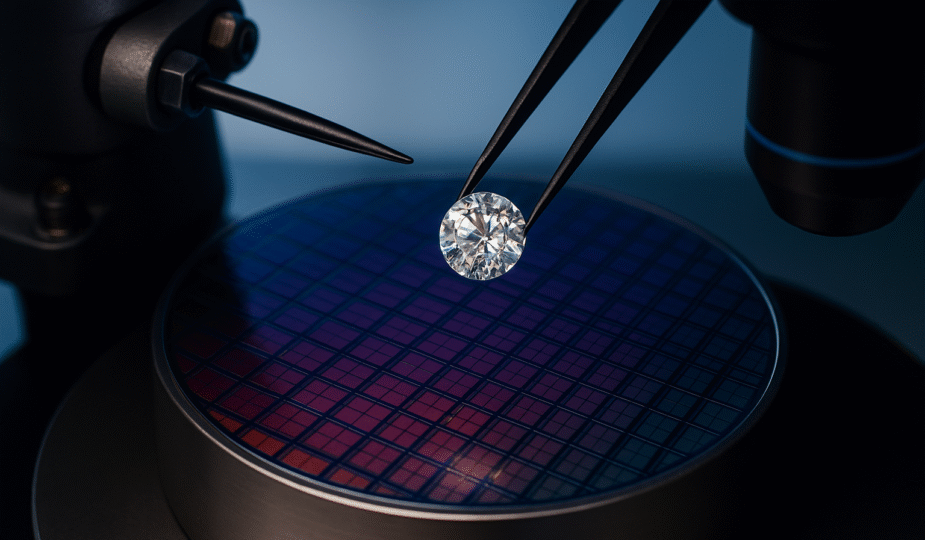Lab-grown diamonds have been marketed as the sustainable alternative to mined diamonds — conflict-free, ethical, and eco-friendly. But is the green label really justified?
The truth is more complex. While lab-grown diamonds avoid the harmful social impacts of traditional mining, they come with their own environmental baggage — often hidden behind clean branding and carbon-neutral claims.
Natural vs Lab-Grown: A Different Kind of Footprint
Natural diamonds take millions of years to form and are mined from the earth, often with:
• Land degradation
• Water pollution
• Links to conflict zones (e.g. “blood diamonds”)
• Social and economic disruption in communities
In contrast, lab-grown diamonds are created in just weeks using technologies like:
• HPHT (High Pressure High Temperature)
• CVD (Chemical Vapor Deposition)
This avoids deforestation or soil erosion — but at a cost.
Energy Use: Clean Image, Dirty Reality?
Lab-grown diamonds require intense energy input. For example:
• Many Indian producers (which dominate the market) use electricity from coal-powered plants
• This makes their carbon footprint comparable to or worse than some traditional mining
Even American companies like Diamond Foundry, which claims 100% U.S.-made and carbon-neutral diamonds, rely on purchasing solar credits, not renewable energy by default.
“Greenwashing” is when brands appear eco-friendly without fundamentally changing practices.
Scale of Production = Scale of Impact
Globally, we mine around 150 million carats of natural diamonds yearly. But 12+ billion carats of synthetic diamonds are now being produced — nearly 100 times more.
That volume alone causes:
• Huge power consumption
• Higher reliance on non-renewable energy
• Need for industrial labs and equipment
So, while each synthetic diamond may be less damaging, the overall environmental impact is rising due to mass production.
Social Ethics: Not Always Black or White
While lab-grown diamonds avoid labor exploitation in mines, natural diamonds still support:
• Jobs for 30,000+ people in Botswana
• Around 30% of Botswana’s GDP
• Entire communities built around responsible mining
De Beers, for instance, is rehabilitating land and testing carbon-positive mining (using kimberlite rock to absorb CO₂). While that doesn’t erase mining’s harms, it’s a reminder that “eco-friendly” isn’t one-size-fits-all.
The Complicated Truth
Aspect Mined Diamonds Lab-Grown Diamonds
Carbon Footprint High, but declining in some regions High in coal-powered countries
Human Impact Often exploitative, but can support economies Low human impact, but lacks local benefit
Traceability Often unclear Easier due to factory origin
Marketing Seen as romantic & rare Seen as ethical & modern
Real Sustainability? Depends on company & region Depends on energy source & transparency
Final Thought: Don’t Buy the Hype—Ask Questions
Lab-grown diamonds can be a sustainable choice — but only if the energy source, production practices, and transparency match the green claims.
So before you buy, ask:
• Who made it?
• How was it powered?
• Is the company truly sustainable, or just branded that way?
In the world of ethical luxury, sustainability starts with accountability.










[…] Environmental Costs of Synthetic Diamonds […]